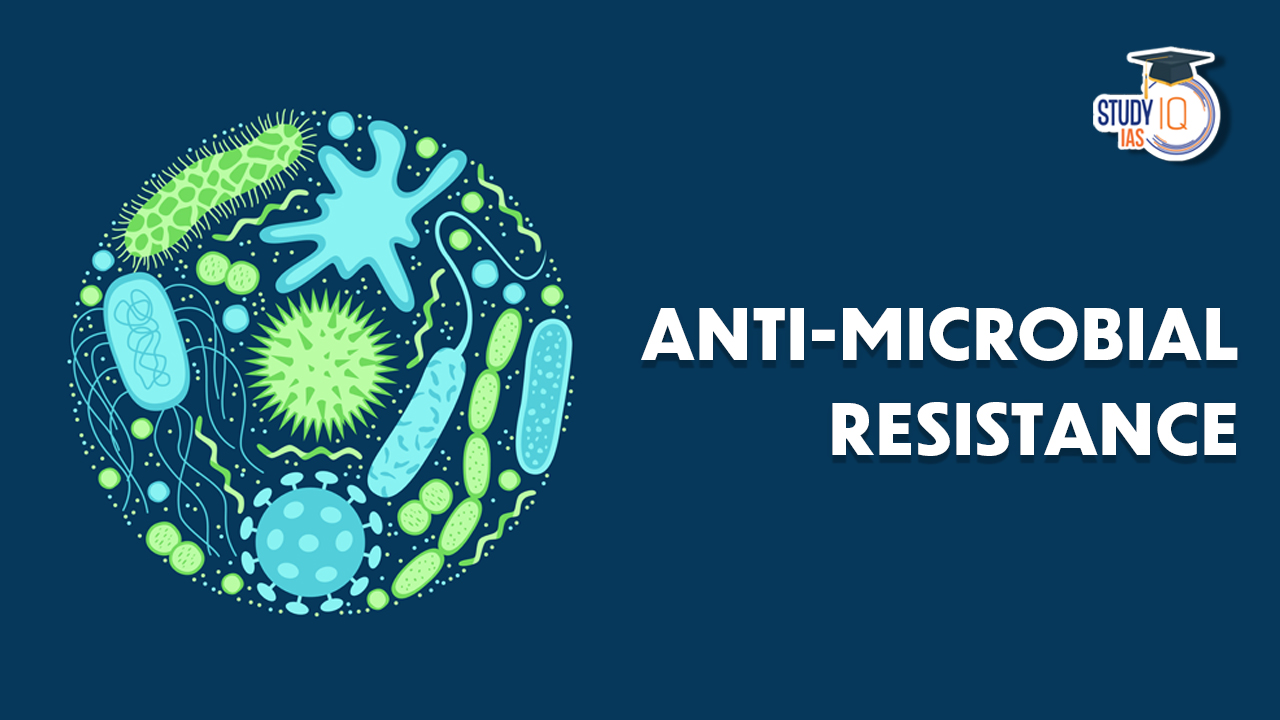Table of Contents
What is Antimicrobial Resistance (AMR)?
- Antimicrobial resistance (AMR) occurs when bacteria, viruses, fungi, and parasites no longer respond to antimicrobial medicines.
- This means that the medicines, such as antibiotics, antifungals, and antivirals, become ineffective in treating infections.
- As a result, infections become more difficult or impossible to treat, leading to increased risk of disease spread, severe illness, disability, and death.
- Scale of the Problem:
- British economist Jim O’Neill’s 2014 projections estimated 10 million deaths annually by 2050 due to AMR, drawing global attention.
- A 2021 report in The Lancet attributed 14 million deaths globally to AMR, with the highest burden in South Asia and Africa.
- AMR poses a significant risk to older adults.
- Deaths among people aged 70 and above increased by 80% from 1990 to 2021, especially in countries with ageing populations.
Global Efforts to Combat AMR
- Global Action Plan (2015): A consolidated framework to address AMR.
- UN Resolution (2016): Emphasised international commitment to tackle AMR.
- WHO’s Global Surveillance Initiative (GLASS):
- Launched in 2015, it provides a standardised system for countries to share AMR data.
- 137 countries now participate as of February 2023.
India’s Efforts to Tackle AMR
- National Action Plan (NAP) on AMR: India was among the first countries to launch a NAP in 2017.
- Current Initiatives:
- Hospital Surveillance Networks: Monitor hospital-acquired infections, though they lack national coverage.
- National Essential Diagnostics List: Mandates microbiology labs in all district hospitals, now being implemented across many states.
- AMR Surveillance in Livestock and Fisheries: Efforts to monitor antimicrobial consumption in these sectors are underway.
- Future Projections: Data from district hospitals is expected to improve estimates and guide policies.
Global Commitment and Funding
- In September 2024, during the 79th United Nations General Assembly (UNGA) High-Level Meeting on AMR, global leaders—including representatives from India—committed to reducing deaths associated with bacterial AMR by 10% by 2030.
- This declaration also called for sustainable national financing and $100 million in catalytic funding to ensure that at least 60% of countries have funded national action plans on AMR by 2030.
Recommendations for Future Actions
To enhance its commitment to combating AMR, India should focus on:
- Improved Governance: Establishing accountability at high levels of government as it drafts its second National Action Plan (NAP) on AMR.
- Effective Interventions: Implementing proven strategies such as infection control measures, increasing vaccine uptake, and bolstering diagnostic capabilities.
- Research Investment: Allocating resources towards developing new drugs, diagnostics, and vaccines to better manage AMR crises.


 Mental Healthcare in India, Scope and Go...
Mental Healthcare in India, Scope and Go...
 Most Commonly Used Cancer Drugs and Thei...
Most Commonly Used Cancer Drugs and Thei...
 India Launched AI-Powered Traffic Manage...
India Launched AI-Powered Traffic Manage...





















